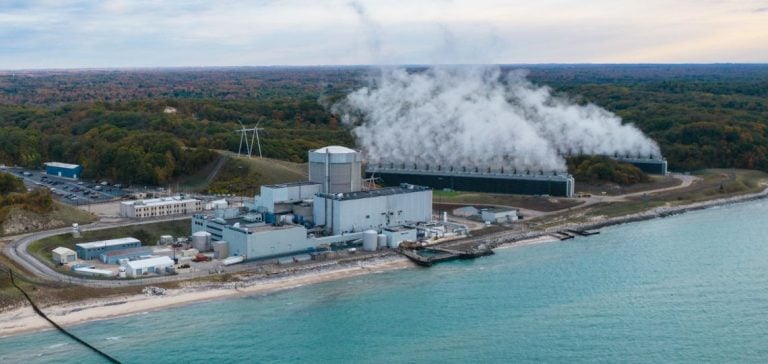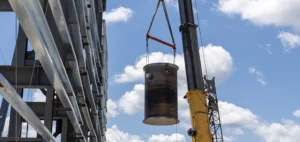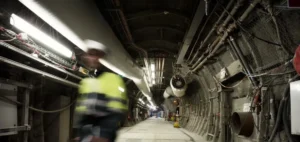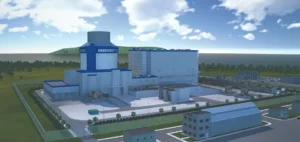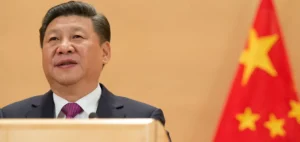The restart of the Palisades nuclear power plant in Michigan is the subject of intense debate in the US energy sector.
After a two-year shutdown, Holtec International, owner of the facility, plans to restart operation of the plant by the end of 2025.
This initiative follows a $1.52 billion conditional loan from the U.S. Department of Energy, which prompted Holtec to modify its initial decommissioning strategy.
Rising energy demand, fueled by booming sectors such as electric vehicles, artificial intelligence and cryptocurrencies, is driving this decision.
Technical challenges and inspections
However, recent inspections by the Nuclear Regulatory Commission (NRC) have highlighted significant technical problems.
A large number of steam generator tubes require further analysis or repair, which could delay the restart process.
Holtec has acknowledged the need for additional maintenance work, but has not yet provided a precise estimate of costs or additional lead times.
These uncertainties raise questions about the viability of the project, both technically and economically.
Alan Blind, former Technical Director of Palisades, has estimated that steam generator repairs could exceed $500 million and delay restart by two to three years.
This estimate highlights the financial challenges Holtec could face, despite its assurances that these contingencies had been factored into the original financial forecasts.
The current situation raises concerns about the economic feasibility of the project, especially in a context of ever-changing energy costs and investor expectations.
Criticism and concerns of experts
Industry experts also express concern about the transparency of the information provided by Holtec.
Edwin Lyman, physicist and nuclear safety expert, stresses that more in-depth details on the plant’s condition are needed before committing further public funds to the project.
He states,
“The public deserves the un-embellished truth before any more taxpayer and consumer dollars are invested in what could be a very deep money pit.”
This statement highlights the need for clear and honest communication about the risks associated with restarting the plant.
The restart of Palisades, if realized, would mark a first in the United States, where a closed nuclear power plant would be reopened to meet growing energy demand.
However, the technical and financial challenges remain considerable.
The NRC said that additional analysis, testing and repairs would be required in the coming months, which could further complicate the restart schedule.
Future prospects
The current situation at the Palisades plant raises crucial questions about the future of nuclear power in the United States.
While the federal government sees nuclear power as a key element in the fight against climate change, the technical and financial challenges associated with reopening closed plants could put the brakes on this ambition.
Industry players have to navigate a complex environment, where growing energy demand has to be balanced with safety and sustainability considerations.
Decisions taken by Holtec and regulators in the coming months will have repercussions not only for the Palisades plant, but for the US nuclear industry as a whole.
The ability to overcome technical hurdles and ensure adequate transparency will be crucial to investor and public confidence in the future of nuclear power.
The stakes are high, and the success or failure of this project could influence energy policy and investment in nuclear infrastructure nationwide.

